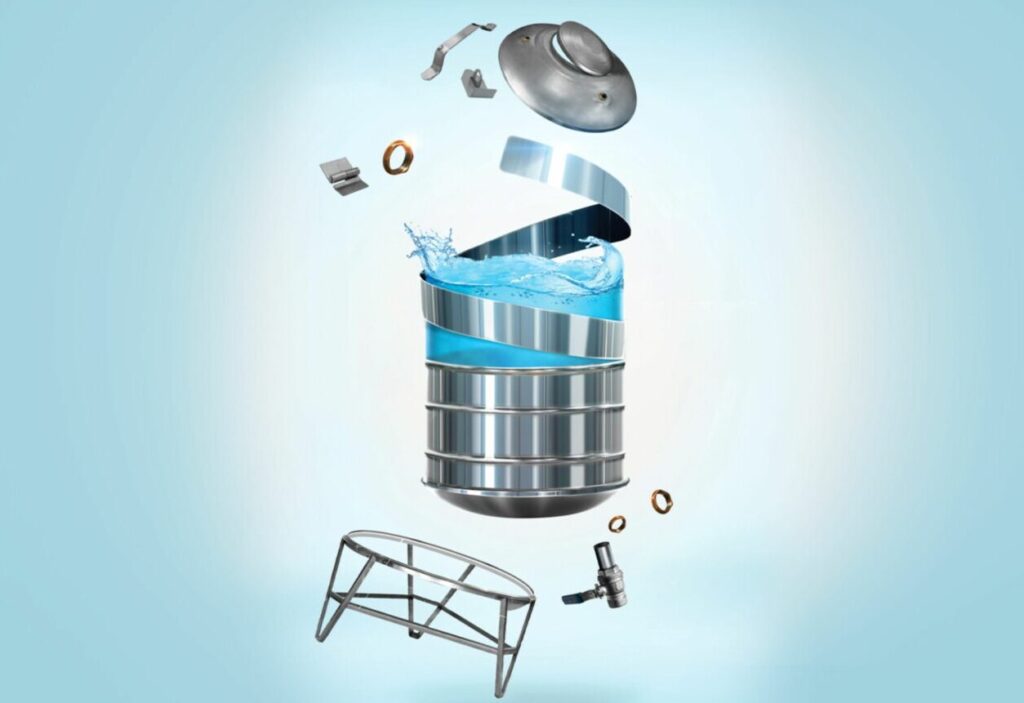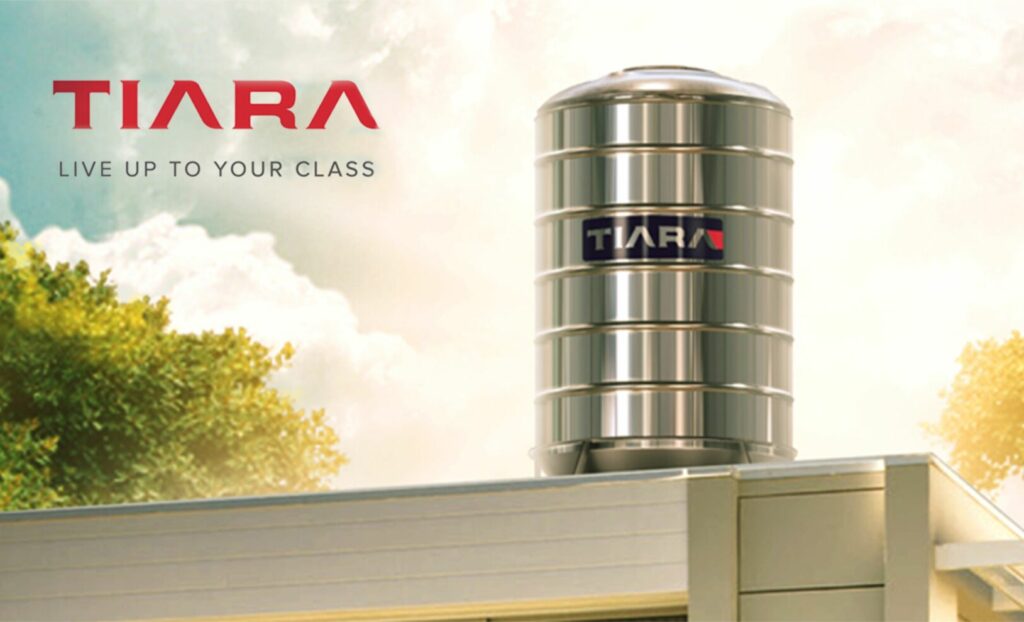
Introduction:
In a country like India, where access to clean and reliable water is a perennial concern, the choice of water tank material plays a pivotal role in safeguarding this precious resource. As the demand for water continues to rise, driven by population growth and urbanization, it becomes increasingly crucial to select water storage solutions that not only meet the immediate needs but also withstand the test of time. This comprehensive analysis delves into the longevity and durability of various water tank materials under the unique climatic conditions prevalent in India, with a particular focus on the advantages of stainless steel over alternative options.
Factors Influencing Water Tank Longevity in India:
Climatic Variations: India’s diverse climatic zones, with varying temperatures, humidity levels, and precipitation patterns, can significantly impact the lifespan of water tanks. Regions with extreme temperatures, prolonged monsoons, or high levels of salinity or air pollution can accelerate the deterioration of certain tank materials.
Water Quality: The quality of the water stored in the tanks, including its pH levels, mineral content, and potential for microbial growth, can also influence the tank’s durability. Certain materials may be more susceptible to corrosion or scaling, leading to premature degradation.
Maintenance and Upkeep: Proper maintenance and periodic inspections play a crucial role in extending the lifespan of water tanks. Neglecting maintenance can lead to the accumulation of sediments, the growth of microorganisms, and the development of structural weaknesses, ultimately compromising the tank’s integrity.
Comparative Analysis of Water Tank Materials:
Plastic (HDPE) Tanks: Plastic tanks, particularly those made from high-density polyethylene (HDPE), have gained popularity due to their affordability and ease of installation. However, their susceptibility to ultraviolet (UV) light degradation and the potential for leaching of chemicals into the water can compromise their long-term performance, especially in regions with high solar radiation.
Concrete Tanks: Concrete tanks are a traditional choice, offering structural stability and durability. However, they are prone to cracking and spalling over time, particularly in areas with high seismic activity or soil movement. The porosity of concrete can also lead to the growth of microorganisms and the accumulation of mineral deposits, reducing the water quality.

Galvanized Steel Tanks: Galvanized steel tanks provide a more robust alternative, with improved resistance to corrosion compared to their plastic and concrete counterparts. However, the galvanized coating can deteriorate over time, especially in areas with high humidity or exposure to acidic water, leading to the potential for rusting and structural failure.
The Advantages of Stainless Steel Tanks:
Corrosion Resistance: Stainless steel’s inherent resistance to corrosion, even in the presence of harsh environmental conditions or poor water quality, makes it a highly reliable option for long-term water storage. This property ensures that the tank maintains its structural integrity and water purity over an extended period.
Durability and Lifespan: Stainless steel tanks are renowned for their exceptional durability, with a lifespan that can easily exceed 20-25 years, often outlasting alternative materials by a significant margin. This longevity translates into lower maintenance costs and a reduced need for frequent tank replacements.

Minimal Maintenance Requirements: Stainless steel tanks require relatively low maintenance compared to other materials. The smooth, non-porous surface discourages the growth of microorganisms and the accumulation of mineral deposits, reducing the need for frequent cleaning and disinfection.
Hygienic and Safe Water Storage: The inert nature of stainless steel ensures that it does not leach any harmful chemicals or substances into the stored water, maintaining the purity and safety of the water supply.
Versatility and Customizability: Stainless steel tanks can be customized to meet a wide range of storage capacities and installation requirements, making them adaptable to diverse water management needs across residential, commercial, and industrial settings.
Conclusion:
In the face of India’s dynamic climatic conditions and the ever-growing demand for reliable water supply, the choice of water tank material emerges as a critical factor in ensuring long-term water security. While various materials offer their own unique advantages, the superior longevity, durability, and safety characteristics of stainless steel tanks make them a standout choice for water storage solutions in the Indian context.


